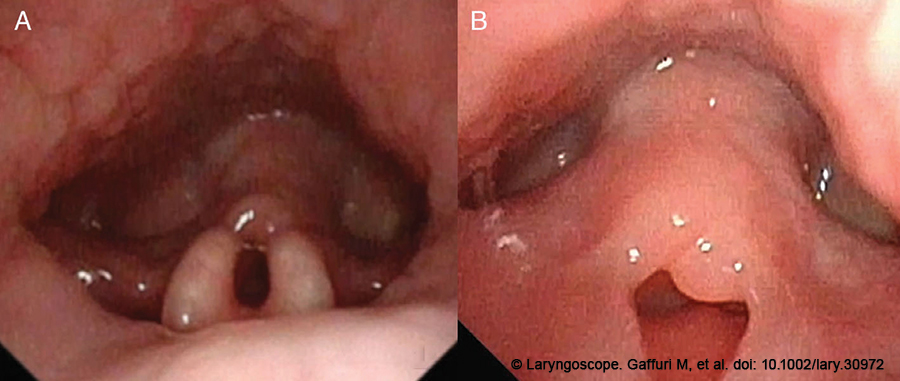Once stepping foot in medical school, especially if specialiizing in surgery, the next 10 years are basically mapped out for future otolaryngologists, who don’t have control over much, including whether they’ll be able to get pregnant if they want a baby.








